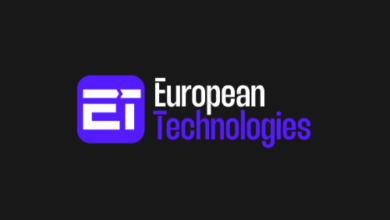The future of generative AI in healthcare is driven by consumer trust

Consumer trust and sentiment in generative AI is increasing and there is potential for GenAI to improve healthcare delivery and care, according to a new survey.
Generative AI is the future of healthcare efficiency—and trust might be the key to guaranteeing results.
While ChatGPT and similar tools have skyrocketed in awareness and usage, attitudes and approaches around the use of generative AI (GenAI) in healthcare have largely been foggy. But those clouds may be starting to break.
Our recent survey on gaining consumer trust in AI reviews attitudes and expectations around GenAI in healthcare, revealing deeply useful insights for leaders who are exploring using AI in day-to-day work.
Overall, the future is bright, but accessing the benefits of GenAI in healthcare will rely on exploring current perceptions and taking advantage of opportunities to build trust in and understanding of this emerging technology.
What is generative AI in healthcare?
GenAI is a form of artificial intelligence that’s trained to find patterns in data and then generate new content. The potential in healthcare is significant. This is an industry with massive amounts of unstructured data scattered across disparate sources—with limited options in turning that data into usable assets. Harnessing GenAI in healthcare can help bridge this gap.
When used strategically, GenAI applications can enhance everything from continuity of care, contracting, clinical operations, and overall corporate functions, including back-office work like purchasing and accounts payable.
On the clinical side, GenAI has future potential to generate discharge summaries, surface relevant expert clinical content, translate instructions into various languages, create lab summaries from physician rounds, and synthesize shift-hand-off notes. It can also be used to improve Electronic Health Record (EHR) function, by prepopulating visit summaries and suggesting changes in documentation.



